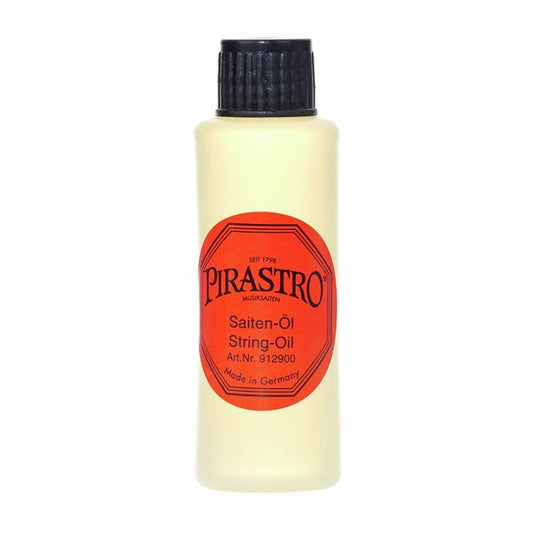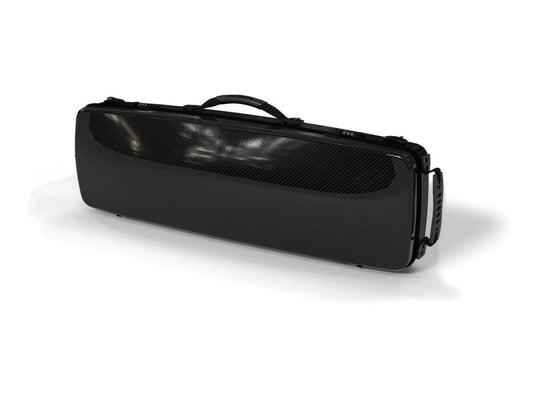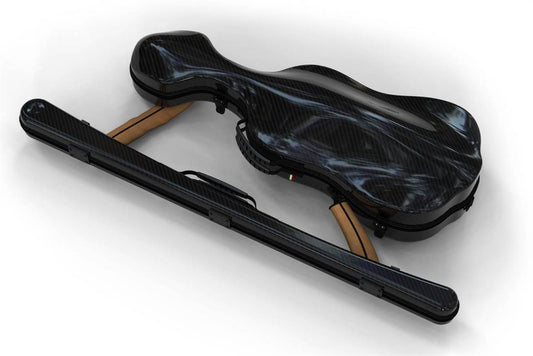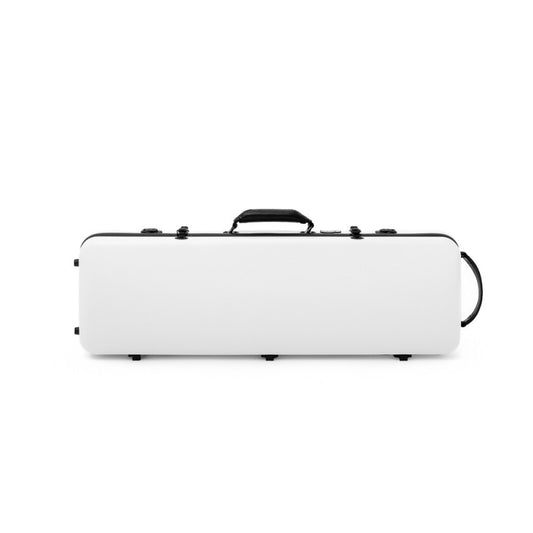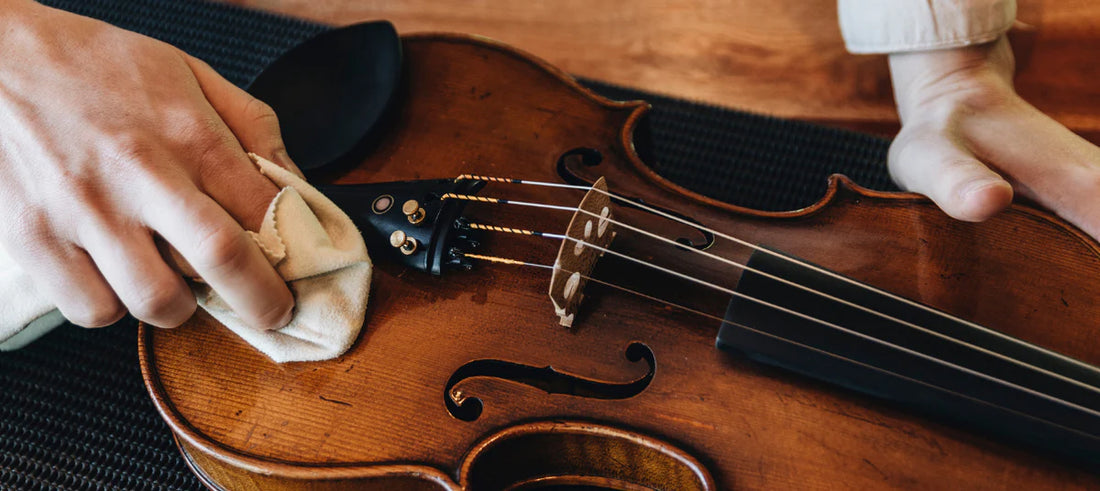
What care does your violin need? Essential guide
Compartir
The violin is a delicate instrument that requires attention and maintenance to ensure its longevity and best sound performance. Whether you are a beginner or experienced violinist, following a proper care routine will help keep your violin in top condition. Below, we provide a complete guide to violin care.
1. Daily cleaning
Dust and rosin can quickly build up on the surface of your violin, which can affect both its look and sound. After each practice session, use a soft, dry cloth to wipe rosin off the strings, bridge, and body of the violin. Do not use commercial cleaners or water, as these can damage the varnish.
Tip: Invest in a microfibre cloth specifically for instruments. It is an inexpensive and effective way to keep your violin free of dust and dirt.
2. Humidity control
The violin is very sensitive to temperature and humidity changes, as it is made of natural wood. To prevent damage, it is essential to keep the instrument in a controlled environment. If you live in an area with high humidity or dryness, consider using a violin humidifier inside the case, which helps maintain an optimal humidity level (around 40-60%).
Beware of extremes: If the humidity is too high, the wood can expand, which could lead to cracks or changes in sound. If it is too low, the wood can dry out and crack.
3. Changing strings
Violin strings do not last forever and their sound can deteriorate with use. Although the frequency of string replacement depends on the intensity of use, it is recommended to change them every 6 to 12 months. Worn strings not only sound worse, but are also more likely to break.
Pro Tip: Change strings one at a time to avoid destabilizing the bridge and truss rod of the violin.
4. Bow maintenance
The bow also requires specific care. Rosin should be applied regularly so that the bristles can properly grip the violin strings. Avoid touching the bristles with your fingers, as natural oils from the skin can damage them. Also, when the bow is not in use, loosen the tension on the bristles to prevent them from losing elasticity.
When to change bristles: Depending on usage, bow hairs should be changed every 6 to 12 months as they stretch and lose their frictional ability.
5. Review of the bridge and the soul
The bridge and truss rod are key elements in the structure of the violin. Make sure the bridge is properly aligned and has not tilted forward over time. If you notice that the bridge is crooked or displaced, it is advisable to take the violin to a luthier for adjustment. The truss rod (a small piece of wood inside the violin) should also be well positioned; any alteration can affect the sound.
6. Safe transportation
Always transport your violin in a hard, padded case that offers protection against shock, temperature changes and humidity. If you are travelling by plane, take the violin as hand luggage, as the luggage compartment may be too cold or hot for the instrument.
Tip: Choose a case with compartments for the bow, rosin, and other accessories. Also, make sure the violin is securely fastened inside the case to avoid unnecessary movement.
7. Periodic adjustments by a luthier
While you can perform much of the basic care yourself, it is advisable to take your violin to a trusted luthier once a year for a general checkup. A luthier can make sure there are no cracks or structural problems, as well as make adjustments to the truss rod, bridge, and other essential elements.
8. Moderate use of resin
It is important to apply just the right amount of rosin to the bow. Too much rosin can create a layer of dust that sticks to the violin and affects its sound, while too little will cause the bow to not grip the strings properly. Apply rosin every two or three days, or as you feel the bow needs it.
9. Care of the fingerboard and pegs
The fingerboard and pegs are crucial parts for playing and tuning the violin. Clean the fingerboard regularly with a dry cloth to prevent dirt buildup. The pegs, meanwhile, should turn smoothly but firmly. If they are too loose or too tight, apply a special peg compound or consult a luthier.
Conclusion
Taking proper care of your violin is essential to keeping its sound and structure in top condition. By adopting these maintenance habits, you will not only extend the life of your instrument, but you will also enjoy a purer sound and a more rewarding playing experience. Remember, a well-cared for violin is a happy violin!

